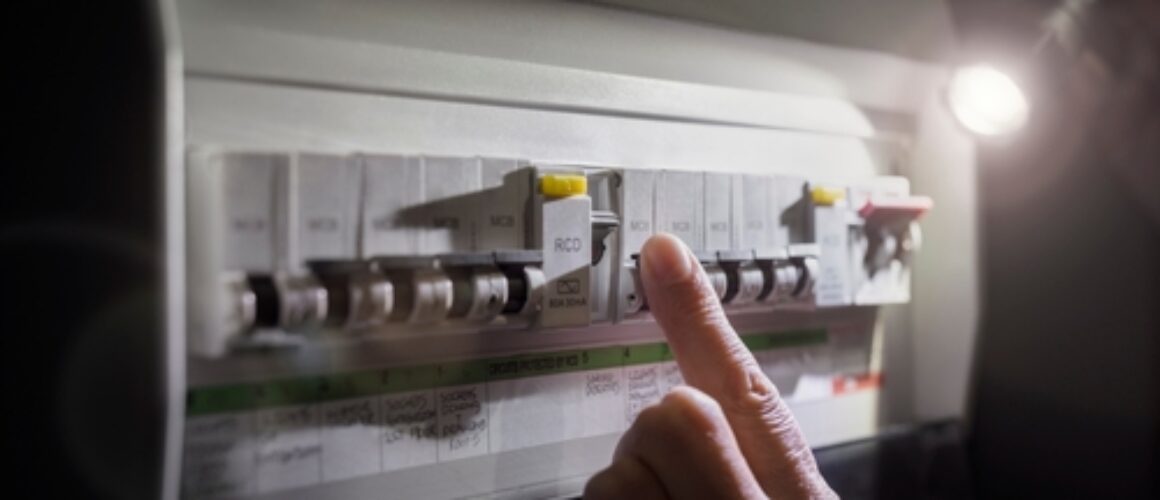Enhancing Home Safety with AFDDs: Understanding Arc Fault Detection Devices
Arc Fault Detection Devices (AFDDs) are crucial in modern electrical safety, offering a layer of protection that traditional circuit breakers and fuses cannot. As electrical safety continues to evolve, understanding the role and importance of AFDDs in protecting homes against electrical fires is vital. This blog explores how AFDDs work, their necessity in preventing electrical fires, and how they differ from other protective devices.
What are AFDDs?
Arc Fault Detection Devices are advanced circuit breakers that automatically cut electrical power when they detect dangerous arc faults. These faults occur when there is an unintended arc within the circuit, which can generate enough heat to ignite flammable materials like wood or insulation. The unique capability of AFDDs lies in their ability to detect these arcs, which are often not recognised by standard circuit breakers or fuses.
Why are AFDDs Essential?
Arc faults can be caused by a variety of factors, including damaged wires, worn electrical insulation, or faulty connections. Traditional protective devices like circuit breakers are designed to protect against overloads and short circuits but do not detect arc faults that occur at lower currents, which can be just as dangerous. By installing AFDDs, homeowners can significantly reduce the risk of electrical fires caused by these low-current arcs.
How Do AFDDs Work?
AFDDs monitor the electrical current flow through a circuit and use advanced electronics to distinguish normal operational arcs (such as those created when a switch is turned on or off) from hazardous arc faults. Upon detecting an abnormal arc, the AFDD quickly disconnects the power to the circuit, preventing the arc from causing a fire. This functionality is crucial in environments where the risk of electrical fire needs to be minimised.
Differences Between AFDDs and Traditional Circuit Breakers
While both AFDDs and traditional circuit breakers serve to protect against electrical hazards, their mechanisms of protection differ significantly:
- Traditional Circuit Breakers: Designed to protect against overloads and short circuits by breaking the circuit if the current exceeds safe levels.
- AFDDs: Specifically designed to detect and interrupt arc faults by distinguishing between harmless arcs and potentially dangerous ones.
Installation Considerations
Installing AFDDs typically requires professional expertise, as incorrect installation can compromise their effectiveness. It’s essential to hire a qualified electrician who understands the specific requirements and configurations of AFDDs. Additionally, while the initial cost of AFDDs may be higher than standard circuit breakers, the investment is justified by the significantly increased protection they offer against electrical fires.
Conclusion
Arc Fault Detection Devices represent a critical advancement in electrical safety technology. By understanding and deploying AFDDs, homeowners can enhance their protection against electrical fires, making their homes safer and more secure. For anyone building a new home or renovating an existing one, considering the installation of AFDDs is a wise and forward-thinking safety measure. At Electrical Discounted Supplies, we offer a range of AFDDs that meet various safety standards and needs. Contact us to learn more about how these devices can safeguard your home and help you achieve peace of mind.




